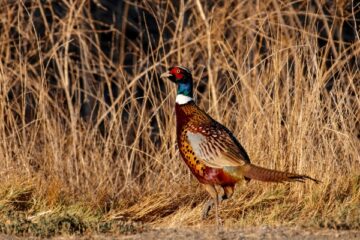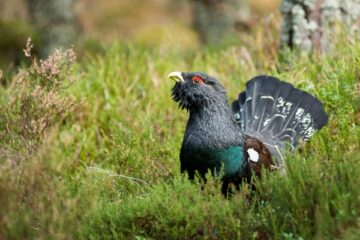A new report, which proposes a ceiling on hen harrier numbers on grouse moors, is being backed by the British Association for Shooting and Conservation.
The idea comes from two scientists, Dr Simon Thirgood and Professor Steve Redpath from the Aberdeen Centre for Environmental Sustainability (ACES). The concept allows for a local figure to be set for the maximum number of hen harriers on a moor. This number would then be legally managed.
BASC director of communications, Christopher Graffius, said: “BASC recommended this course of action in 2004, and fully supports the idea of a ceiling for harriers on grouse moors as a way of preserving the benefits of grouse shooting while ensuring a massive rise in the numbers of harriers.”
The scientists are proposing that a pilot scheme should be launched to assess the best ways of making such a scheme work. If successful it could prove to be a way to minimise the impact of predation on grouse moors, and to increase the national population of harriers.
ENDS



